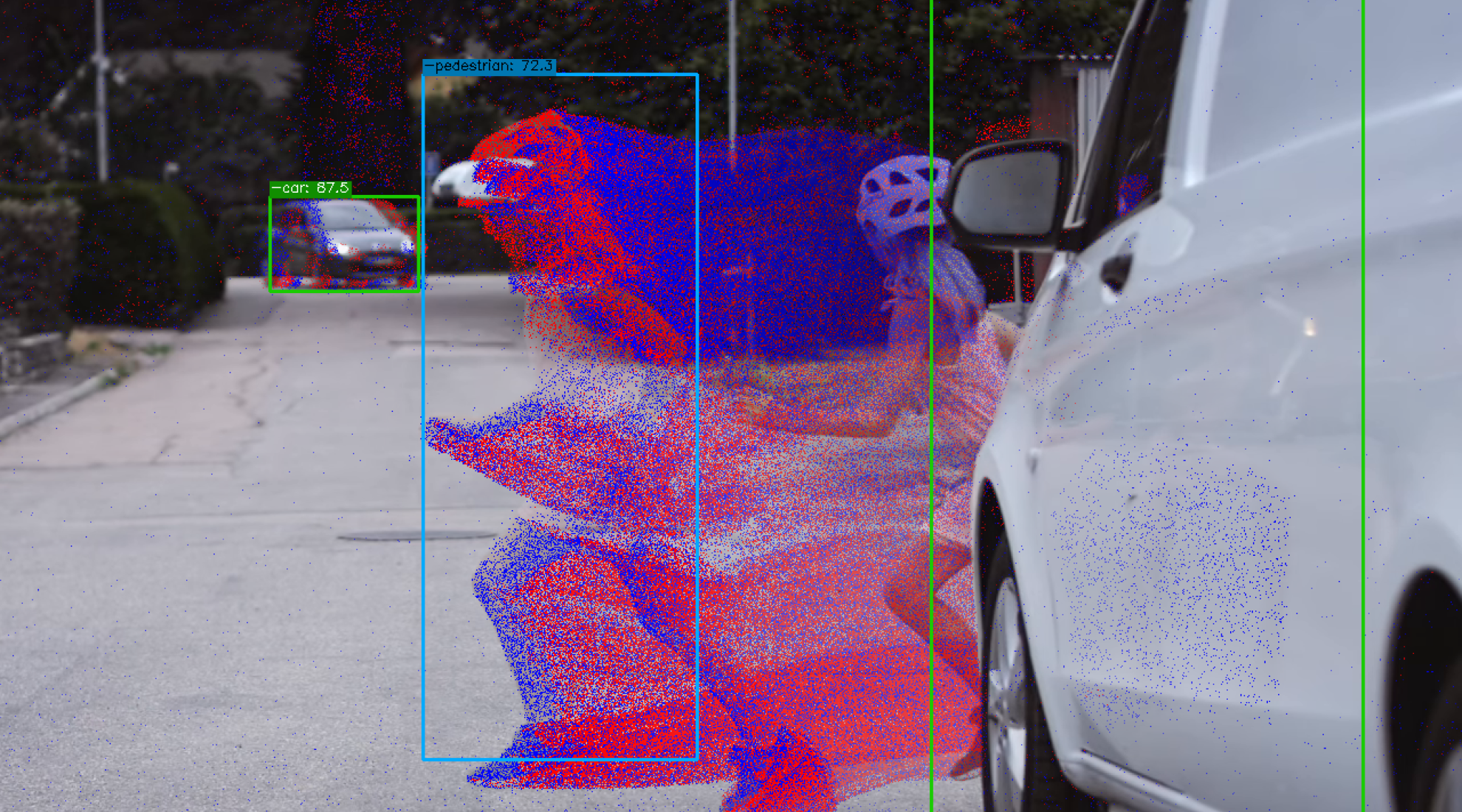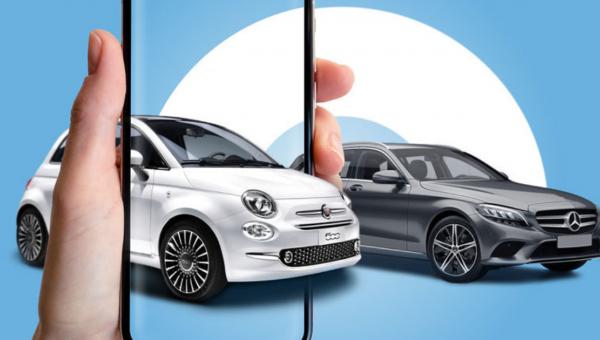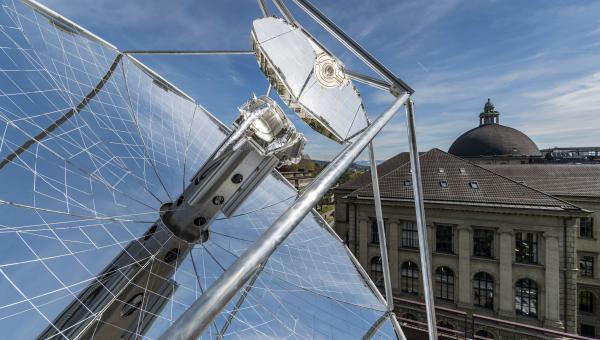Faster reaction times with new in-car camera systems

An intelligent car camera from Switzerland recognises pedestrians and obstacles much faster than standard cameras.
If self-driving cars are to take us everywhere safely one day without much human attention to traffic, their cameras must always have a fisheye view that can scope out suddenly appearing accident risks such as a pedestrian walking in front of the car.
But the cameras currently installed in new cars are not fast or reliable enough for the computer to react as needed to hazards in complex traffic situations. A new camera system that combines two different approaches by researchers at the University of Zurich promises to improve this status quo, detecting potential moving obstacles as much as 100 times faster. Their study was recently published in the journal Nature.
Cameras still too slow for autonomous cars
According to the study, most cameras installed in cars today typically record up to 50 images per second. An artificial neural network then recognises vehicles, cyclists and pedestrians. But what happens if something suddenly happens between two snapshots, such as a child running into the street between parked cars? One option would be to increase the frame rate, but that would generate more data that would have to be processed in real time, requiring more computing power.
Detecting fast movements with intelligent pixels
Event cameras, also known as dynamic vision sensors, offer a novel solution based on a different principle. Instead of a constant frame rate, they have smart pixels that record information every time they detect fast movement.
They only record when they detect a fast movement. Because only the pixels whose light intensity changes are read and analysed, there is no need to capture the entire image. This allows for faster information processing. But there is a catch: event cameras can miss objects that move slowly.
High-resolution camera results with less data
The team of the Robotics and Perception Group tackled this problem with a hybrid system consisting of both types of cameras. The result is a detection system that works as fast as a 5,000-frame-per-second camera, but only requires the data volume of a 50-frame-per-second camera. It detects objects such as cars and pedestrians that would be missed by conventional cameras, making high-speed driving safer.
100 times faster detection
The team tested their system against the best cameras and visual algorithms currently available on the automotive market and found that it resulted in a hundred times faster detection. With these promising results, they transferred the technology to a company and made the software publicly available for other companies to use. In a few years' time, this invention may be making our roads even safer.




